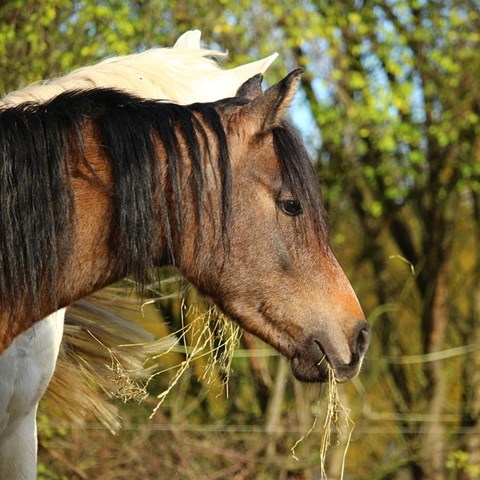Contact
Department of Applied Animal Science and Welfare (former HMH), Section of Ethology and Animal Welfare

This paper describes the development and pilot-testing of a horse welfare assessment protocol (HWAP). The HWAP consists of the collective measurement of numerous factors considered likely to affect a horse's welfare and is thereby designed to provide a holistic score of its welfare status and to identify potential risk factors.
The draft protocol contains 47 measures: 15 animal-based, 24 resource-based and eight management-based. It was tested in the autumn at two Swedish riding schools using a total of 37 horses of varying breed, gender and age. Each assessment was repeated after 16–25 days.
The results showed that 66% (31/47) of the measures had over 85% repeatability between assessments. Results indicated occurrence of behavioural issues, eg aggression and avoidance, and potential risk factors, such as inadequate management routines and feeding regimes. Using the HWAP, the assessment of up to 22 horses could be carried out in one day. Changes were proposed to the draft protocol which included incorporating an ethogram to assess the human-animal relationship and assessing bit-related injuries.
We propose that the protocol might: i) provide a firm basis for the welfare monitoring of horses; ii) identify important potential risk factors; iii) guide welfare improvement and management practices for horse owners and stable managers; and iv) contribute to the development of certification schemes for horse facilities.
https://doi.org/10.7120/09627286.26.1.059
Viksten, SM; Visser, EK; Nyman, S; Blokhuis, HJ. Developing a horse welfare assessment protocol. Animal Welfare, Volume 26, Number 1, February 2017, pp. 59-65(7)